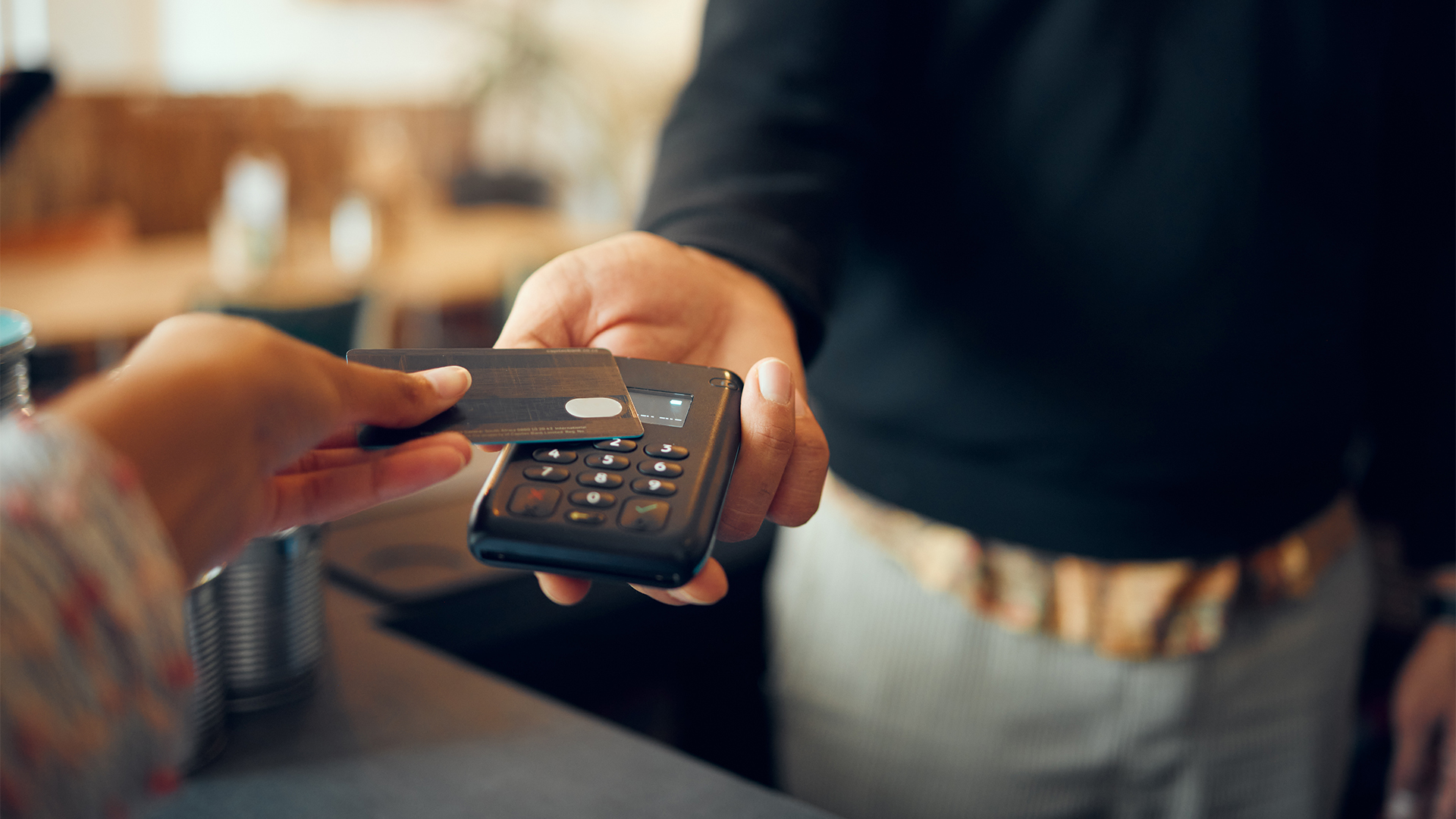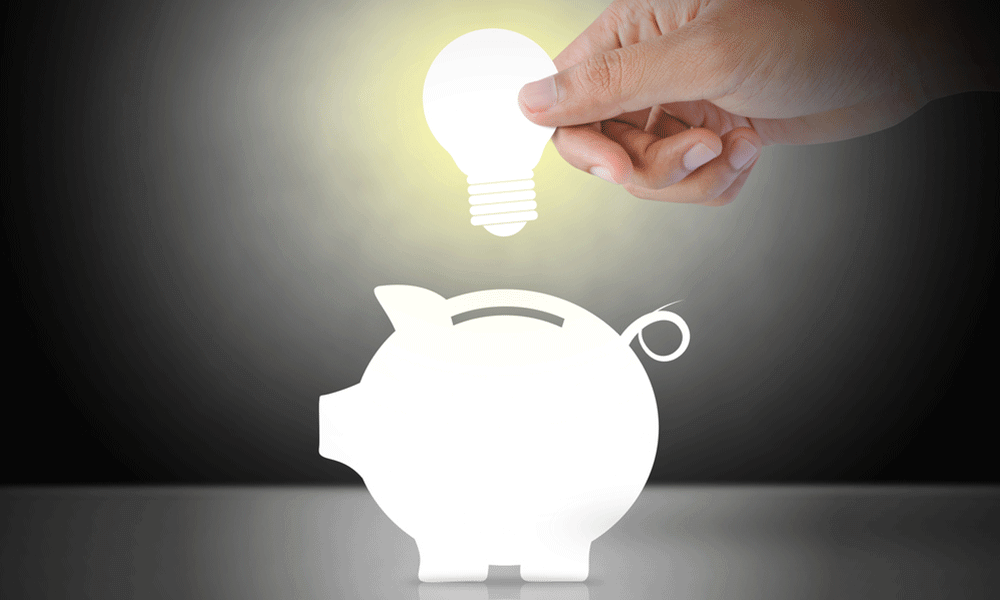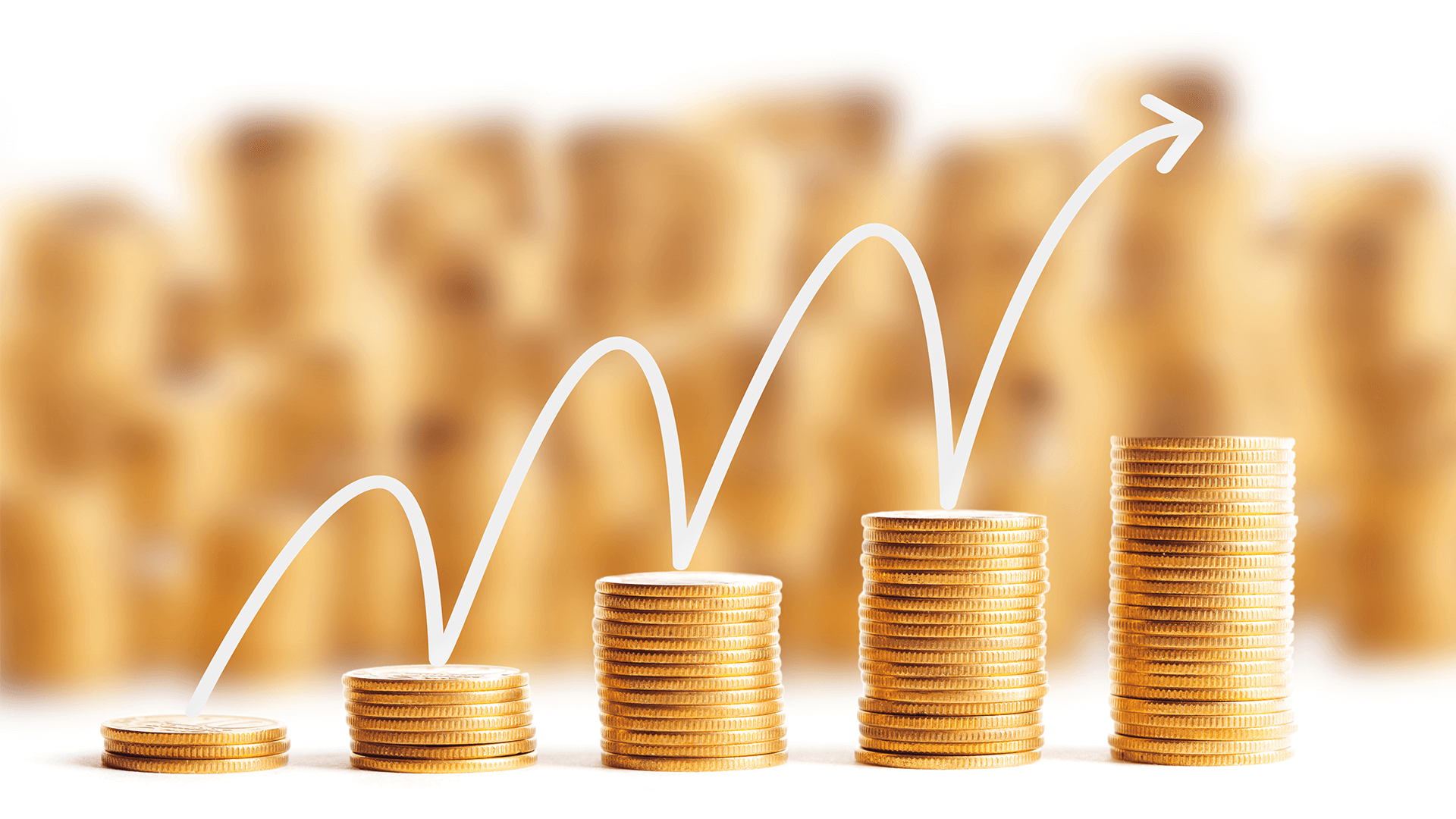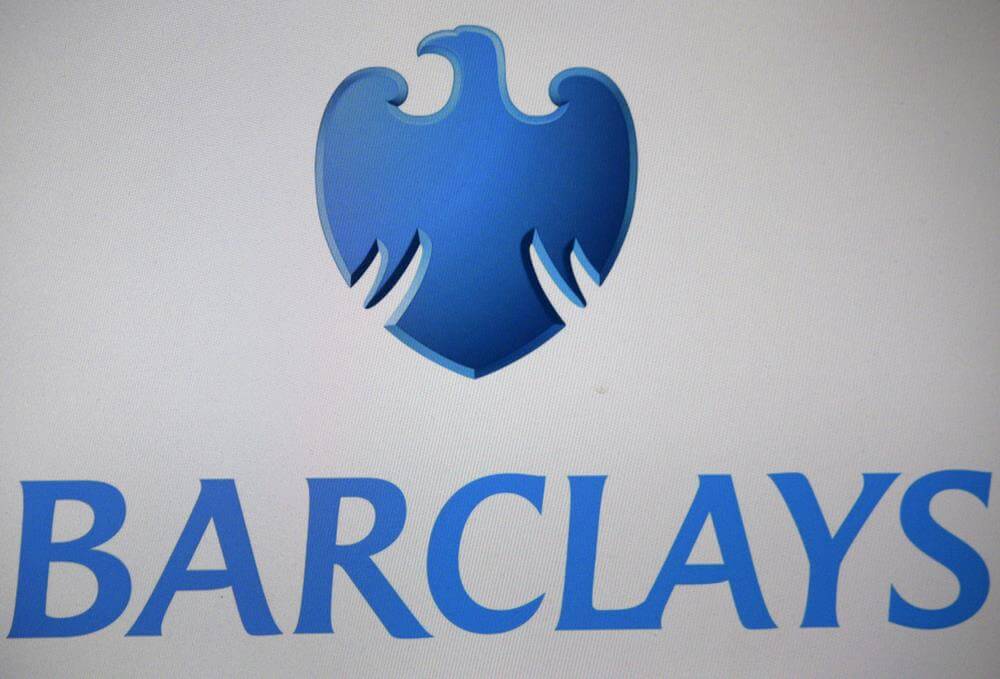
Economic and societal changes, plus technological innovation, are driving global uptake of payment cards and services.
The global digital payments market is now estimated to be worth more than the car manufacturing sector, and is expected to reach USD$20 trillion by 2026. According to virtual payment card provider Lanistar, this extraordinary growth of some 24 percent per year is being driven by a combination of technological innovation along with changing expectations and spending habits among consumers.
Jeremy Baber, CEO at Lanistar, said, “Today, we are seeing a surge in demand for prepaid or eBanking debit payment cards across the globe. This change is being driven by the unbanked and underserved, as well as by younger generations, who are making an active lifestyle choice to switch to this payment card type. We are also seeing a number of key trends in the market that providers need to be aware of. In our way, while the payment card market is established and substantial, there are still opportunities for expansion”.
1. The Rise of New Generations Of Consumers
The Millennial and Gen Z demographic groups are now well established and have considerable spending power and economic impact. They are the two generations who are leading the charge on digital innovation, embracing digital and smart device payments and virtual cards. The combination of increased adoption alongside a wider choice of alternative payment cards is making financial services more accessible than ever before, ‘democratising’ the process through technological innovation.
Baber continued, “In today’s increasingly digital society, in which more people than ever before own a smartphone, consumers want and expect tailored financial products and services that can be accessed through a smart device. These services must be seamless and intuitive, while providing the services young people need. This is a generational expectation and failure to address it will have an adverse effect on any payment provider’s business.”
2. Reaching the Unbanked and Underserved
“Across the Global South, and even in many developed countries as well, there are high levels of unbanked and underserved consumers, mainly from younger and lower-income households,” explained Baber.
“Generally, these households opt for prepaid or eBanking debit payment cards because they are inexpensive and secure, which makes them best placed to meet their financial needs. But at the moment, this is an underdeveloped market,” he continued. “These payment cards have become integral to daily life for millions, and the people who use them are often open to exploring new features on their cards – at the right price point. The increase in adoption of cards among the unbanked and underserved populations will create multiple opportunities for players operating in the global payment market – but only if they offer the right services at an affordable price point.”
3. The Gig Economy Is Changing Payment Habits
“The advent of the gig economy shows no signs of slowing down. And while the flexibility of contract work clearly offers benefits for both workers and companies alike, one of the biggest trends we have seen is the role of payment cards in guaranteeing contract workers receive timely payment for their work. Whether it’s via a physical or virtual payment card or via a payment app, the gig economy is powering a payment revolution in its own right,” said Baber.
4. Apps and the Mobile-First Experience
Conservative estimates put the number of smartphones on the planet at seven billion, equating to ownership by roughly 86 percent of the world’s population. Providing an easy-to-use, seamless, and intuitive mobile-first experience is a priority, including in the payments space.
Baber continued: “Consider Amazon, for example. This is a company that is currently shipping 1.6 Million packages every day, and in part, that’s due to just how easy their mobile platform is to navigate and use. They stock just about any item a person could need, make all the crucial information clear as day, and rarely have any hidden charges. If this model could be imposed onto a banking platform, imagine the success it could have”.
5. Balancing Transactions In the Physical and Virtual
While it is likely we will not see the end of physical transactions anytime soon, as technology continues to grow and evolve, so do the capabilities of virtual transactions. There are many benefits to digital solutions, however, one that is particularly noteworthy is its reduction of plastic waste.
According to ABI Research, the amount of plastic used annually in the production of banking cards equals that of 80 Boeing 747 planes, with the carbon footprint of this production being equivalent to 300,000 passengers flying from New York to Sydney. As an age group deeply concerned with environmental issues, Gen Z and Millennials will often find themselves seeking out alternatives that negate environmental damage, and digital solutions are just one option.
Furthermore, effective payment solutions must balance speed, cost, and security with user experience. Customers today demand ‘anywhere service’, and payment providers must follow suit and ensure their services are available wherever customers are spending their time and their money. The rapid pace of technological advancement means the scope of ‘where’ continues to expand from physical to virtual.
Baber concluded, “The real success of payments will not come from them being the focal point of our daily lives, but instead from them slipping into the background and providing invisible, embedded payment experiences. The ultimate goal has to be that the user experience of payment cards and the apps they sit on becomes so deeply integrated with a person’s day-to-day transactions that eventually they are not even conscious of it. In other words, payment providers should focus on developing and bringing to market payment solutions that aren’t just frictionless, but invisible.”


























